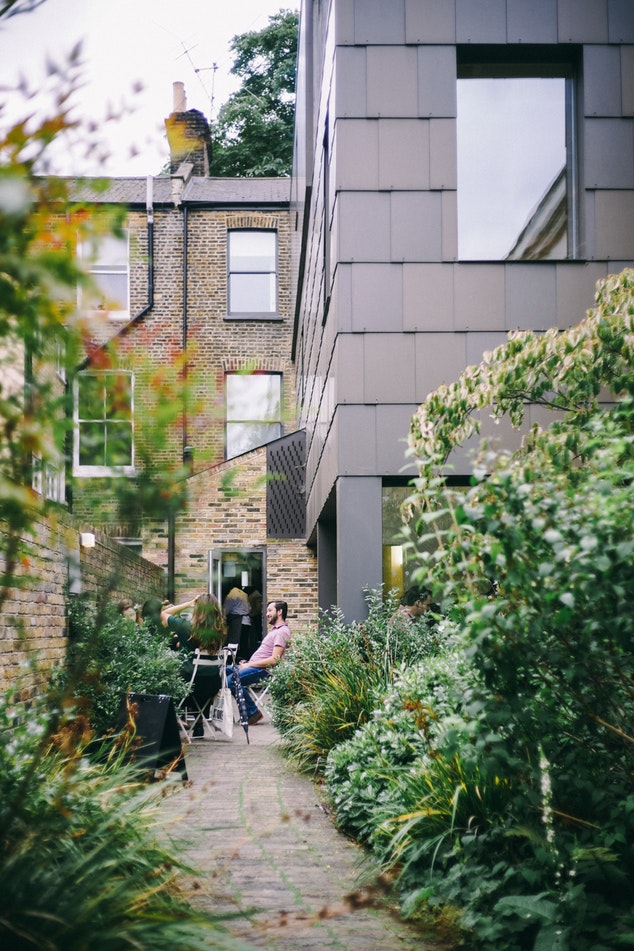We have all read about these wonderful eco-friendly houses, often in forests or other wild, natural locations, and the first question that comes to mind is: where do these people get the money? And the time? Being wealthy and able to do this kind of thing doesn’t make them better than the rest of us, and most wouldn’t claim to be, but we shouldn’t begrudge them what is, after all, an admirable way to live. To play our own small part, what we can do is learn from them, as they must have learned from other people, so here are things to consider for your own home.
Look at Thermal Efficiency
What that means is keeping the cold out and the warmth in. If you’re in a hot area, you need to keep the heat out and the cool air in. Either way, insulation is key, and it is tempting to think about fiberglass for this. But that weird, spiky substance is hardly in the spirit of the process. Fortunately, there are natural alternatives. Sheep’s wool and cotton spring to mind just by thinking about warm clothing, and cork has a bit of domestic history in flooring and even as an outer layer on ice buckets.
The ugly duckling in the list is recycled plastic, but it’s only the plastic part that is ugly. Recycled we like, and this stuff is increasingly being put to good use in making shopping bags and even hats. It has a certain amount in common with fiberglass, but it’s a way of keeping plastic out of the environment and redressing the balance a little.
First, Catch Your Water
You might know about hydration issues in the house but what about outside the house? Nature drops water on us whether we like it or not, and it’s good stuff, so we really should be taking the hint and catching it as much as we can. Gardeners have been doing this for years, putting a barrel under a downpipe and using what lands on the roof to water the plants. In the hot, parched Caribbean, many properties have a cistern under the house to accommodate whatever rain might fall, and ironically that occurs mainly during tropical storms, so it’s a bonus to know there is something good happening, even when you’re hoping the roof doesn’t blow off.
Alternative Energy Sources
We have been thoroughly spoiled by having electricity brought into our homes by the local authorities, and as welcome as it is in terms of convenience, it is an obvious area for ecological improvement. Solar power, biomass systems and even hard-to-understand ways of using temperature differences underground are all possibilities. The first step is to get to grips with the terminology, so look up alternative energy sources online and learn enough to make an informed decision. The upfront cost will be substantial but think about the money you’re going to save in the long term. Many homeowners are choosing to take out personal loans now to pay for the installation as the price of electricity continues to skyrocket. Personal loans can be paid back over time with a low interest rate.
Think Local
Ideally, we would all be growing our own fruit and vegetables, but if that is not an option for you, try to find local produce whenever possible. Even in the heart of the city, at least you can find things that are grown in the surrounding area. Local doesn’t have to mean boring: all exotic means is that it isn’t something that occurs in your neck of the woods. Serve up collard greens or butternut squash to someone who lives in Fiji or somewhere equally romantic and you might find them expressing wonder about something you take for granted.
Make the Most of Natural Light
Maximizing the light in your home can be as simple as keeping the curtains wide open. You can bounce it around the building with white walls and pale colors, while mirrors can enhance both light and the feeling of space.



